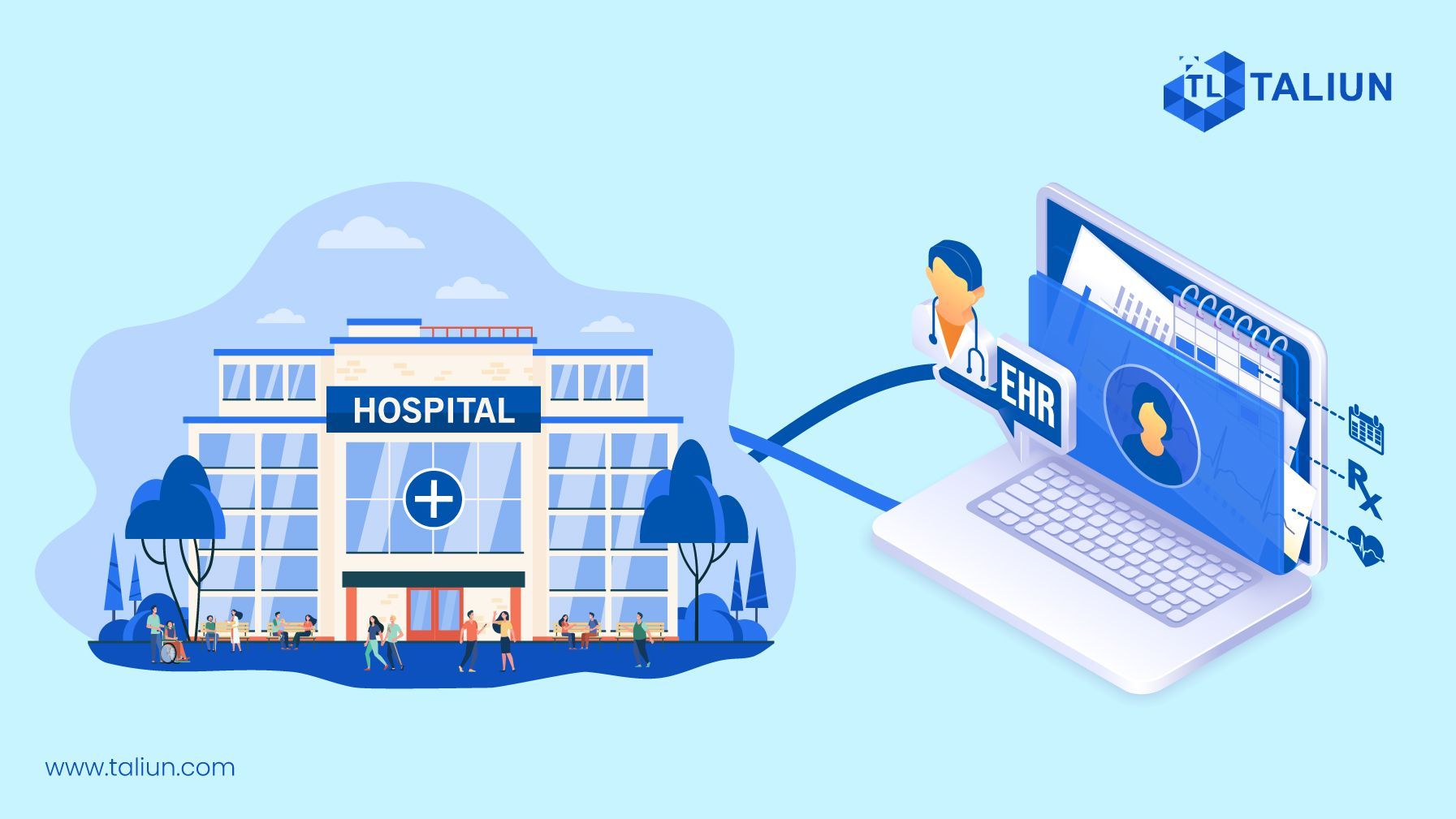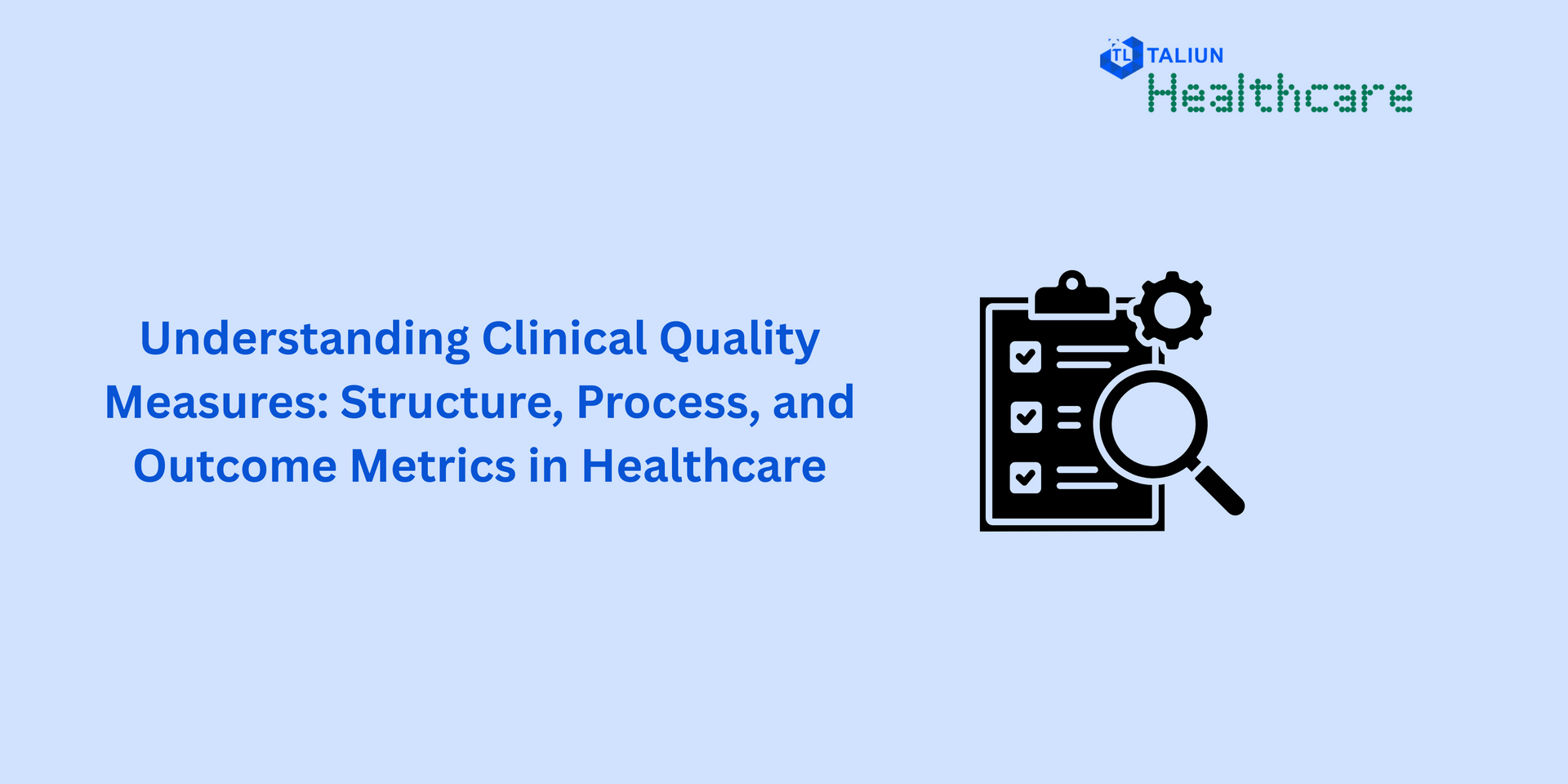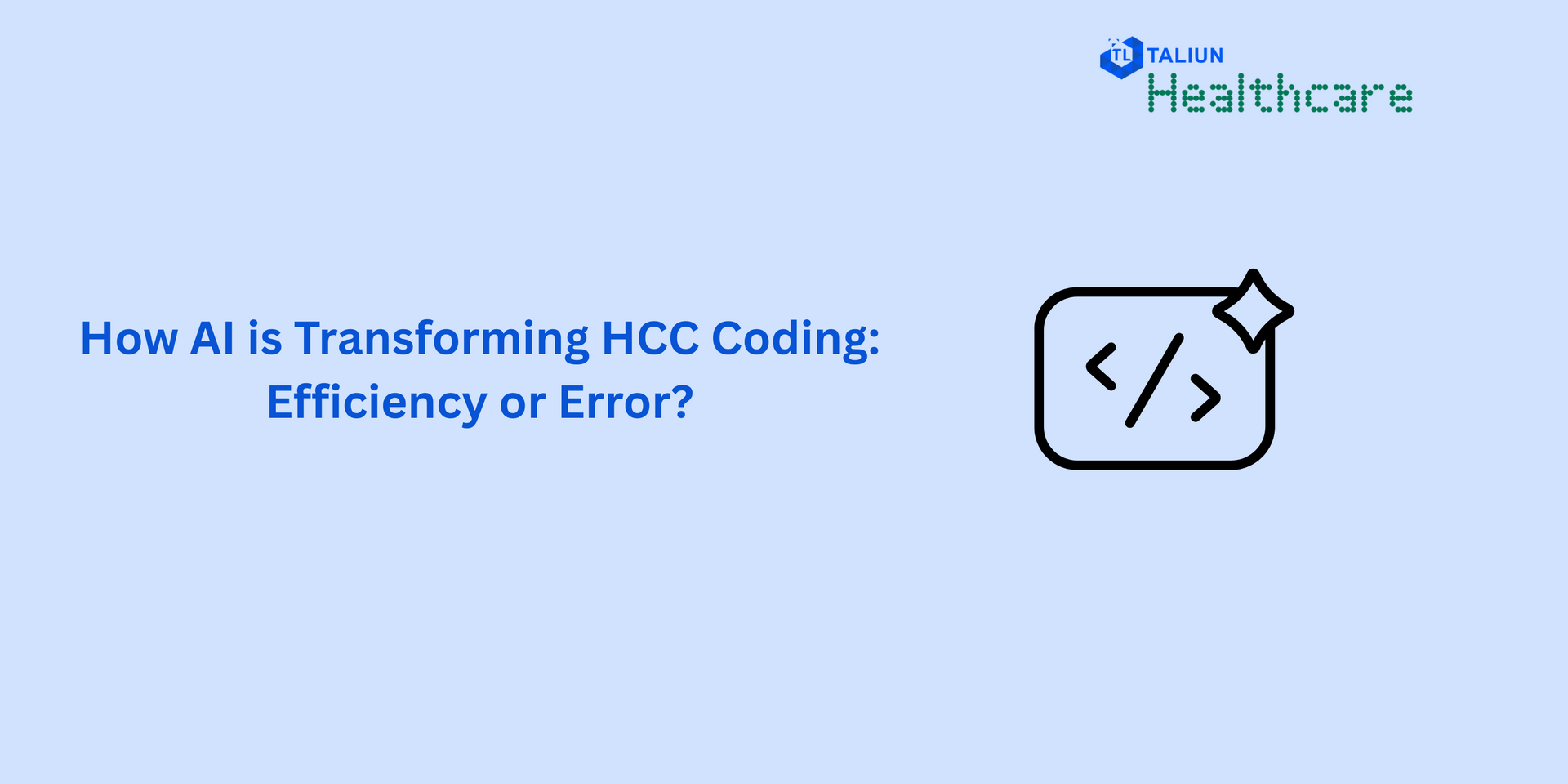
EHR Integration for Your Healthcare Organization
As the healthcare industry continues to transition towards value-based care and place a greater emphasis on cost containment, healthcare organizations are implementing EHR solutions to enhance patient care. Despite the fact that modern EHRs provide numerous advantages, many healthcare organizations are evaluating whether they should integrate EHR solutions with other clinical software solutions. Integration between various clinical systems and data environments has increased over the past few years due to the need for providers to access patient information in a centralized location.
What is EHR Integration?
EHR Integration is the act of linking electronic health record (EHR) systems with other software solutions used by healthcare organizations, like practice management software, billing systems, or laboratory information systems. This integration facilitates the exchange of data between systems, enhancing efficiency, precision, and data exchange between healthcare providers.
What does EHR integration achieve?
Integration of EHR solutions with other software solutions has been a key focus of healthcare organizations seeking to deliver improved care quality and outcomes. However, this approach requires careful consideration given that there are different types of EHR solutions that provide varying levels of functionality and requirements for integration.
Integrating EHRs with other healthcare software solutions can offer numerous benefits to healthcare organizations.
- By connecting disparate systems, providers can quickly and easily access patient information in one centralized location, making it easier to make better-informed decisions about patient care.
- Streamline and automate administrative and clinical workflows for greater efficiency
- Real-time access to validated, up-to-date patient data with no lag
- Simplifies scheduling by providing relevant patient information at the time of scheduling
- Higher patient satisfaction by allowing patients access to their health records from the comfort of their homes and device, due to which they feel more invested and interested in their health. EHR integration leverages data from digital health tools to provide relevant information, alerts, and guidance at the point of care, fostering a more engaged doctor-patient relationship and increasing patient loyalty.
Implementing EHR Integration
There are several steps involved in implementing EHR integration for healthcare organizations:
- Identify the need for integration: Determine which software solution an organization uses and identify the need for EHR integration.
- Planning & building the integration layer: Assess the product or application to ensure it has features that allow for data exchange. If an integration layer doesn’t already exist, one will need to build it or find a partner who can build it. Either way, this layer should only need to be built once, allowing the flexibility to handle integration with different systems that needs to be connected now and in the future.
- Choose an integration partner: Choose a vendor or partner who has experience in EHR integration and can provide support during the implementation process.
- Evaluate available integration options: There are several integration options available, including API integration, middleware integration, and custom integration. Evaluate which option is best suited for the organization.
- Plan the integration and perform paperwork: Develop a plan for integrating the EHR system with other software solutions. This should include a timeline, budget, and resources required. Initial steps include preparing contracts, signing of business associate agreements, and kick-off meetings.
- Gathering requirements: Data necessities — such as sample HL7 messages, sample JSON, associated data dictionaries, and the vendor’s API with associated documentation — must be received.
- Defining infrastructure and secure connectivity: One will need to make decisions about infrastructure deployment and secure connectivity so that those pieces are in place as a foundation for interface configuration.
- Configuring and coding each interface: Each organization’s and vendor’s endpoints are set up, as well as the interface and its mappings.
- Test and implement the integration: Test the integration to ensure it is functioning correctly and implement it in the healthcare organization. Sample messages are sent, reviewed, and acknowledged by both inbound and outbound users. Any issues are identified and resolved prior to completed testing.
- Going live: All channels are turned on through migration to production. The organization data feeds are opened, and the vendor can begin to populate the system. The hospital can either insert this data feed into the EHR or another inbound interface.
- Provide Training: Provide training to staff members on how to use the integrated systems to ensure a smooth transition.
Common EHR integration challenges
1. Technical compatibility: EHR systems and other software solutions may have different technical requirements or use different data formats, making it difficult to integrate the systems. This can require additional technical resources and expertise to overcome.
2. Data mapping: EHR integration requires mapping data fields between systems to ensure that the data is transferred accurately. This can be a time-consuming and complex process, especially if there are many data fields to map.
3. Security and privacy: EHR integration involves sharing patient data between systems, which can raise security and privacy concerns. Healthcare organizations must ensure that all systems are secure and compliant with relevant regulations, such as HIPAA.
4. User adoption: EHR integration can change the way healthcare providers work, and not everyone may be willing or able to adapt to the new workflows. User training and support may be needed to ensure successful adoption.
5. Cost: EHR integration can be expensive, especially if it requires the purchase of new software or hardware. Healthcare organizations must carefully evaluate the costs and benefits of EHR integration to ensure that it is a worthwhile investment.
6. Maintenance: EHR integration requires ongoing maintenance to ensure that the systems continue to function correctly, and data is transferred accurately. This can require additional resources and expertise.
7. Interoperability: EHR integration may be more challenging if the systems used by different healthcare providers are not interoperable. This can limit the ability to share data and collaborate effectively.
Overall, while EHR integration offers many benefits, healthcare organizations must carefully consider and address these challenges to ensure successful implementation and adoption.
When realized, full EHR integration will allow clinicians to leverage data from across the continuum of care (from health plan to patient-generated data) to improve patient diagnosis and treatment.
The adoption of EHR integration is not without challenges. Healthcare organizations must ensure the integration of systems is secure, preventing unauthorized access to patient information. Additionally, organizations must consider the cost and complexity of integration, as well as ensure compliance with relevant regulations.
Despite challenges, EHR integration can be a powerful tool for healthcare organizations looking to improve the quality and delivery of care. By leveraging integrated data from across the spectrum of care (from health plans to patient-generated data), healthcare organizations can make informed decisions quickly while reducing data entry errors and duplications. In addition, the utilization of AI-based tools allows physicians to diagnose patients faster and more accurately than ever before. As such, EHR integration is becoming increasingly important for healthcare organizations looking to optimize patient care.
Follow us on LinkedIn for latest updates.




